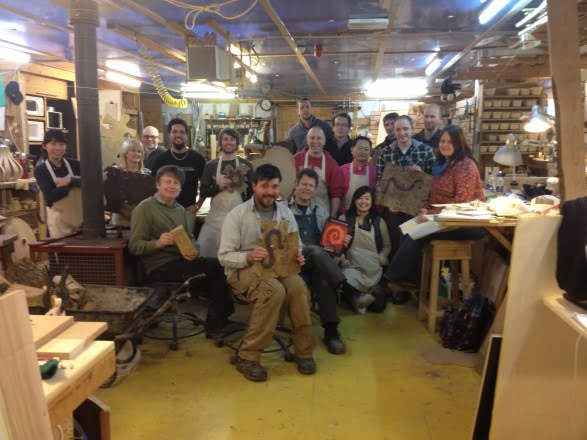An interview with leading furniture historian David Jones of St Andrews University, who has been delivering keynote lectures on the Life and Times of Thomas Chippendale at the Chippendale International School of Furniture for more than 12 years.
“Students at the Chippendale International School of Furniture learn about different furniture making styles, and how to take the best ideas from the past and adapt them to modern needs. Diversity and practicality are key features of the furniture design course,” says David Jones.
With a focus on Thomas Chippendale, David Jones’ furniture history talks also include a lecture on modern furniture from the 1950’s up to the present day. This takes in ‘experimental modernism’ in Italy (Fornasetti), American furniture makers (Charles and Ray Eames) and concludes with leading contemporary furniture designers like Angus Ross, based in Aberfeldy in Scotland.
